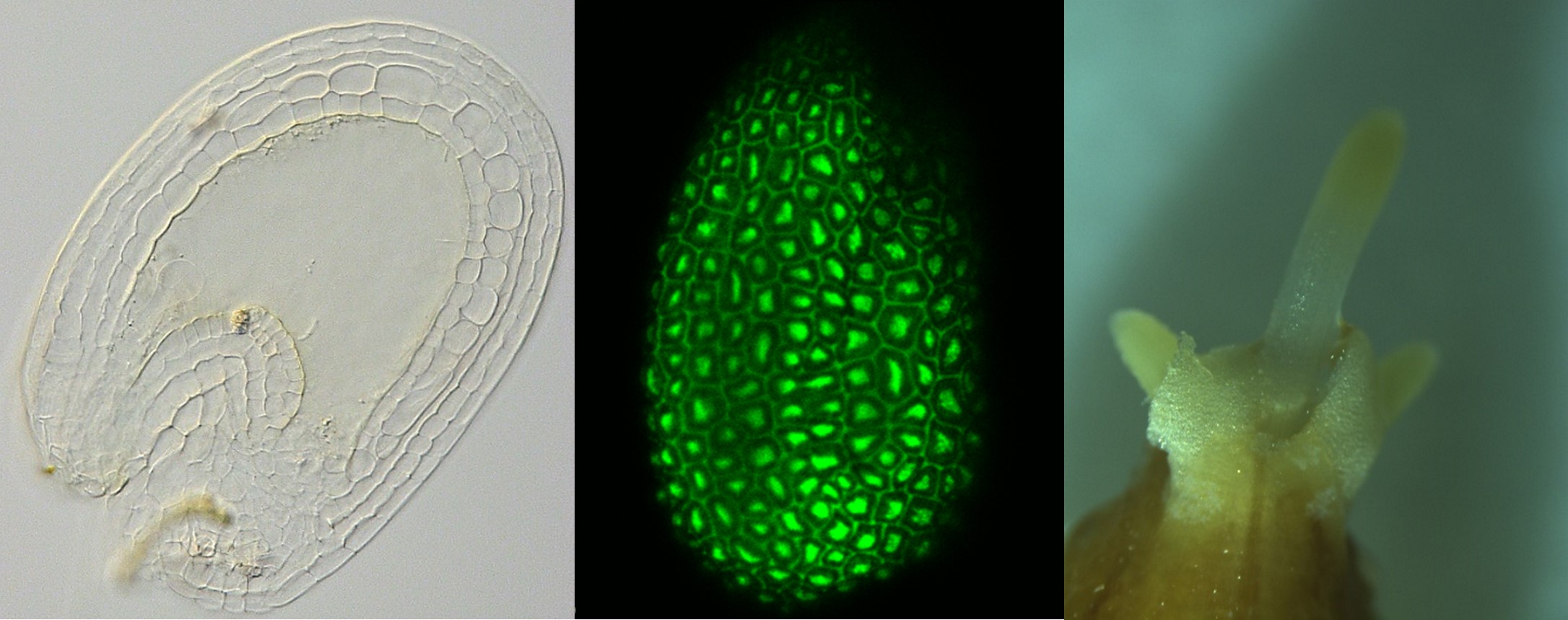PS PhD Exit Seminar: Appropriately Timing Seed Germination- New players and upstream controllers
Seed germination is a most critical phase in a plant life cycle, particularly under abiotic stress conditions, such as drought or salinity, to which it is especially vulnerable, with severe consequences on productivity
Speakers
Event series
Content navigation
Description

Abstract: Environmental change and abiotic stresses are challenging limiting factors of food production and sustainability. Seed germination is a most critical phase in a plant life cycle, particularly under abiotic stress conditions, such as drought or salinity, to which it is especially vulnerable, with severe consequences on productivity. The timing of germination plays a major role in setting the timeline of the plant developmental cycle, and in conditioning seedling survival and adaption to unfavourable environments until completion of the life cycle with successful reproduction. Germination is a point of no return for the emerging embryo, with the need to fast become autotrophic once directly exposed to the external environment. Over recent decades, great progress has been made in understanding seed dormancy, its establishment during maturation on the mother plant, and the factors controlling its release after shedding. In contrast, little is known about the genetic control of germination in non-dormant seeds, especially under abiotic stresses. How seeds perceive changes in their environment and how those signals are transmitted to their inner living tissues to trigger and pace germination is ill-understood.
The Arabidopsis ERECTA family (ERf) is pivotal in regulating various aspects of aerial plant growth and development, including organ shape, size, patterning, stomatal development, and responses to environmental stimuli. Previous work in the Masle lab (Nanda et al., 2019) established a novel role of the Arabidopsis ERECTA gene family, in the seed, and specifically in the sensitivity of seed germination to salinity and osmotic stress. The germination of seeds with reduced ERECTA family signalling was found to be normal under optimal conditions but slowed down, delayed or even halted by salinity and osmotic stress, through largely reversible mechanisms so that when conditions became more favourable again, germination generally resumed, without significant loss of seed viability. That adaptive function was shown to be primarily under maternal control.
My PhD followed from that work, with a two-fold aim: a) better understand the physiological and molecular bases of the maternal inheritance of the ERf-mediated germination phenotype; b) test the conservation across species of the newly discovered ERf regulatory function in seed germination, with a focus on barley (Hordeum vulgare, Hv), a major staple food and pillar of the brewing industry, and fundamentally, as also a representative of grain cereals, which are characterised by a very different seed type from Arabidopsis.
In the first part of my seminar, I will present the discovery of a novel molecular interactor of the ERf -a MYB family transcription factor (TFg)- unknown to be acting in seeds, nor to interact with the extensively documented ERf signalling pathways in aerial organs. I will present data establishing that TFg synergistically interact with the 3 ERf members, with specificity among members, in mediating germination responses to salinity levels, regulating seed coat development, and ultimately changing its properties. In the second part, I will present results from a genome-wide RNASeq analysis of Arabidopsis developing seeds, designed to investigate the underlying molecular controls, in the first instance, the primary ERf- and TFg-mediated changes in transcriptional networks over a critical phase of seed development. In the last part of my seminar, I will present data from the analysis of a range of mutant lines obtained through CRISPR-Cas9 editing of putative barley HvERf and HvTFg orthologues, showing that the ERECTA family signalling pathway also exerts a major regulatory role in the development of the barley caryopsis, and the underlying controls at the transcriptional level, through conserved but also partly specific mechanisms. I will conclude with discussing the research avenues these results overall open, and importantly their agronomic significance and use in breeding programs for yield improvement and greater sustainability.
Location
Eucalyptus Seminar Room
S205, Level 2
RN Robertson Building (46)






